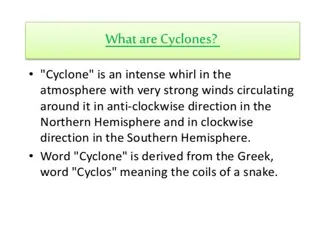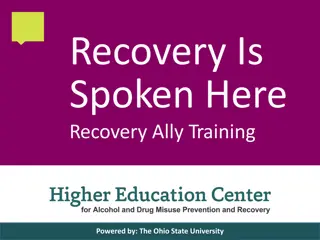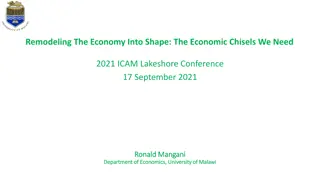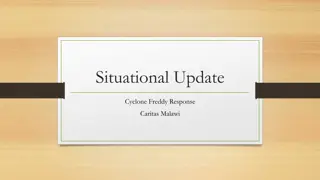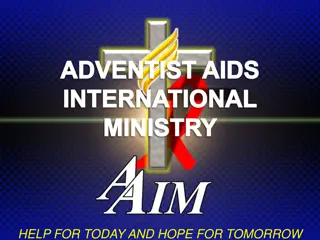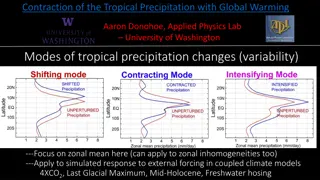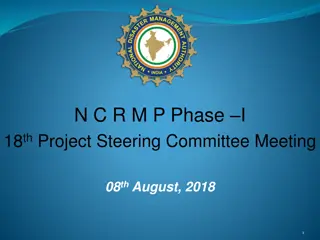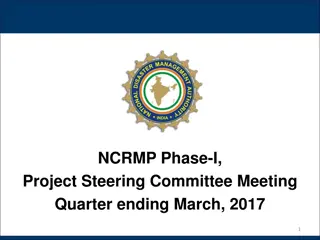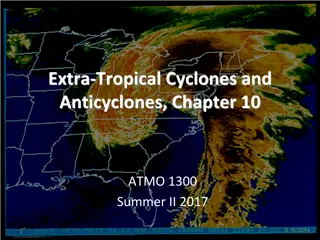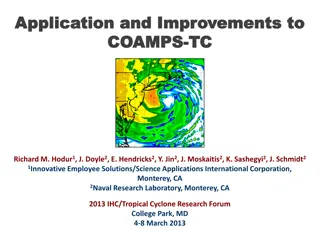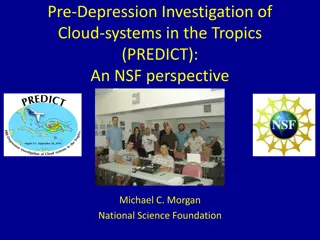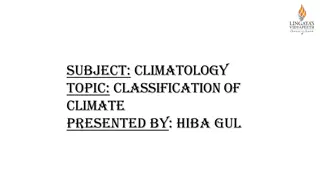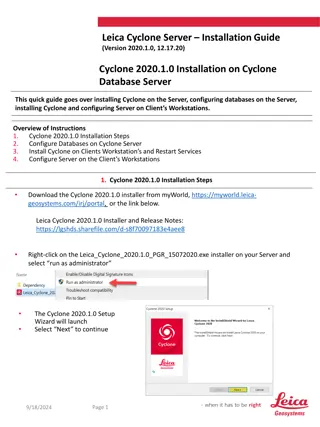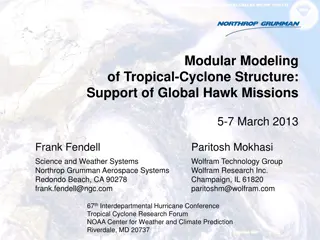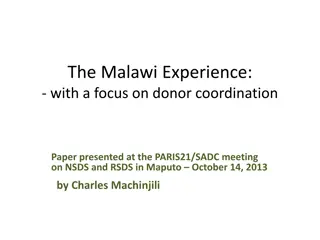Malawi Red Cross Society Tropical Cyclone Ana Recovery Plan Overview
Malawi Red Cross Society is responding to the impacts of multiple cyclones in the country, focusing on providing humanitarian assistance, protection support, livelihood support, and access to basic services to affected communities. Over 990,000 people urgently require assistance following damage to infrastructure, casualties, and displacement. The response includes early warning message development, dissemination of alerts, distribution of non-food items, sensitization in camps, data management, needs assessment, and cash transfer programs. Strategic areas of focus include shelter assistance for households in disaster-affected areas to support longer-term recovery.
Download Presentation

Please find below an Image/Link to download the presentation.
The content on the website is provided AS IS for your information and personal use only. It may not be sold, licensed, or shared on other websites without obtaining consent from the author. Download presentation by click this link. If you encounter any issues during the download, it is possible that the publisher has removed the file from their server.
E N D
Presentation Transcript
MALAWI RED CROSS SOCIETY TROPICAL CYCLONE ANA RECOVERY PLAN Presented by : Aston Mulwafu Head of Disaster Management
SITUATION OVERVIEW During the start of the rainy season, Malawi has been affected by 3 cyclones; Ana, Dumaku, Emnati and recently Gombe Following the impact of the cyclones, several districts have been affected however significant impacts have occurred in Salima, Nsanje, Chikwawa, Blantyre, Phalombe and Mulanje. The impacts of the disasters following the cyclones have led to damage to infrastructure, death and Injuries of people and displacement of the people from their houses in the affected communities Over 990,000 people urgently require life-saving and life-sustaining humanitarian assistance and protection support Need to promote livelihood support to recover from their losses and rebuild their resilience, and access to basic services
SUMMARY OF MRCS RESPONSE FOLLOWING THE CYCLONE IMPACTS IN THE COUNTRY Supported in the development of early warning messages to be disseminated across the country based on the weather alerts from DCCMS. Facilitated dissemination of the anticipatory actions targeting ten (10) districts (Salima, Lilongwe, Zomba, Phalombe, Mulanje, Nsanje, Chikwawa, Mangochi, Thyolo and Blantyre) on cyclone alert. MRCS volunteers supported the dissemination of the same messages in communities using the Public Address (PA) system, jingles, community radio programmes and volunteers undertaking door-to-door messaging. MRCS with support from different partners distributed assorted non-food items (NFIs) covering 2,500 beneficiaries. The NFIs distributed to-date are tarpaulins, blankets, buckets, soap, hygiene kits, sleeping mats tents to support the camps and communities
SUMMARY OF MRCS RESPONSE FOLLOWING THE CYCLONE IMPACTS IN THE COUNTRY Supported sensitization in Camp on PGI, health and WASH including nutrition sensitive information. Supported in data management in collaboration with government at the established emergency operation Centre (EOC) in Blantyre MRCS in collaboration with DoDMA and other actors jointly undertaken detailed needs assessment in various districts. Supported multi-purpose cash transfers for 771 beneficiaries covering Ntcheu and Balaka to meet household basic needs and emergency shelter items through crisis modifier funds from ECHO Supported multi-purpose cash transfers to 881 households covering livelihoods and basic needs whereas conditional cash was provided to 335 households to cover emergency shelter with support from IFRC under the DREF which is now emergency appeal.
STRATEGIC AREAS OF FOCUS UNDER RECOVERY PHASE Shelter and Essential Household items Target - 13,200 households Communities in disaster and crisis affected areas restored and strengthened their safety, well- being and longer-term recovery through shelter and settlement solutions. Short, medium and long-term shelter and settlement assistance is provided to affected households. Technical support, guidance and awareness raising in safe shelter design and settlement planning and improved building techniques are provided to affected households.
STRATEGIC AREAS OF FOCUS CONTD Livelihoods and basic needs Target - 13,200 households Communities, especially in disaster and crisis affected areas, restore and strengthen their livelihoods. Vocational skills training and/or productive assets to improve income sources are provided to target population Household livelihoods security is enhanced through food production and income generating activities
STRATEGIC AREAS OF FOCUS WASH and Health interventions Target - 13,200 households % of affected population reached through awareness sessions to improve their health habits % of targeted people reached with hygiene promotion activities Disaster Risk Reduction Climate change impacts mitigated through community preparedness actions, early recovery and resilient program interventions for timely and effective response to disasters Climate change impacts mitigated through early recovery and resilient program interventions
STRATEGIC AREAS OF FOCUS Contd Protection, Gender and Inclusion Target: 13,200 households % of people referred to protection services
KEY CHALLENGES Magnitude of disasters have increased in scope and frequencies hence requiring huge investment in humanitarian assistance Limited financial resources to respond to the needs of the affected population across the districts
PICTURES MRCS acknowledges the pledge to the emergency from the Scottish Government as well as donors


